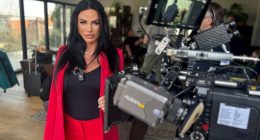After suffering from a foot abnormality and swelling over several months, four year-old giraffee Nolean went under at the Adelaide Zoo last month.
It took a team of 30 vets, zoo keepers and other experts to anaesthetise and perform a two-hour procedure on Nolean, which turned out to be caused by a bad case of hoof overgrowth.
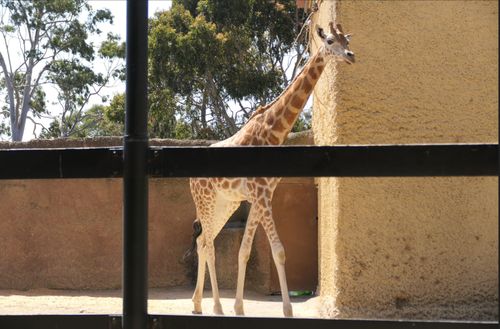
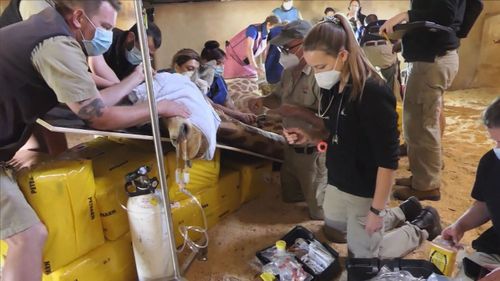
“It was rewarding to see people with different expertise come together from across the country and work as a team to help Nolean,” senior zoo keeper Arliah Hayward said.
There are significant challenges when it comes to anaesthetising giraffes safely, due to their size.
Adelaide Zoo’s keepers and vet team worked alongside a team of external experts including animal and hoof specialists, experienced anaesthetic practitioners and x-ray equipment experts.
Vets and vet nurses monitored Nolean throughout the procedure to keep her stable throughout the anaesthetic procedure, collected blood samples, and took multiple x-rays of Nolean’s hind feet.
The team of farriers evaluated and trimmed all four feet to address Noelene’s hoof woes.
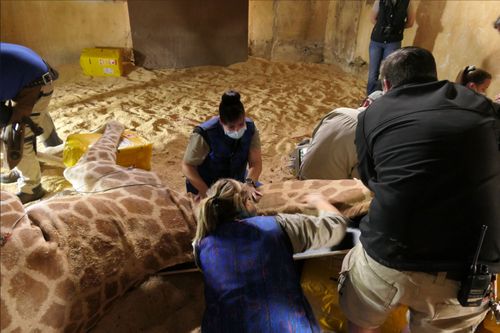
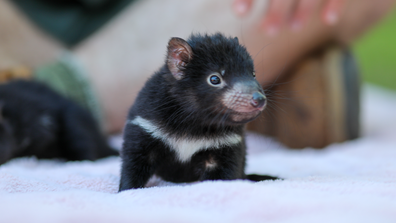
Inside adorable Tassie devil ‘daycare’
Read Related Also: What Oregon High School Boys Do to Tampon Dispenser in Their School Bathroom Reaches Legendary Status
Keepers helped carefully reposition Nolean’s body once she was asleep, and managed Nolean’s neck to prevent complications.
Adelaide Zoo Veterinarian David McLelland said taking care of a giraffe’s neck was crucial under general anaesthetic to avoid a range of complications.
“It is a long way down when a giraffe is going under anaesthetic. They can easily injure their neck as the anaesthetic takes effect, and also in recovery. Modifications to the giraffe house were undertaken ahead of time to minimise this risk.
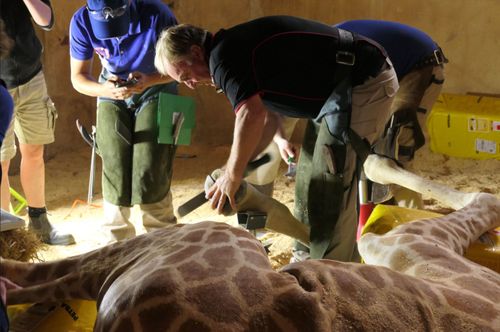
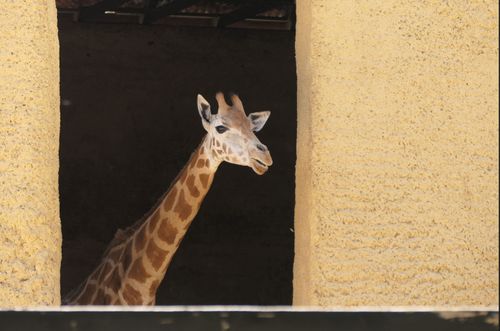
“Once Nolean was anaesthetised her neck position was adjusted every ten minutes and several keepers massaged her neck muscles to avoid spams.
“Keeping the procedure time short is ideal for a successful recovery, so it was fantastic to complete the procedure in about an hour and a half,” said David.
The outcome of the procedure was good news for Nolean, with x-rays showing an old healed injury in her fetlock.
Nolean was back on her feet shortly after the procedure and the dedicated team of keepers and vets closely monitored Nolean while she recovered from the anaesthetic.
Nolean is now moving around her habitat well as she gets used to her ‘new shoes’.





